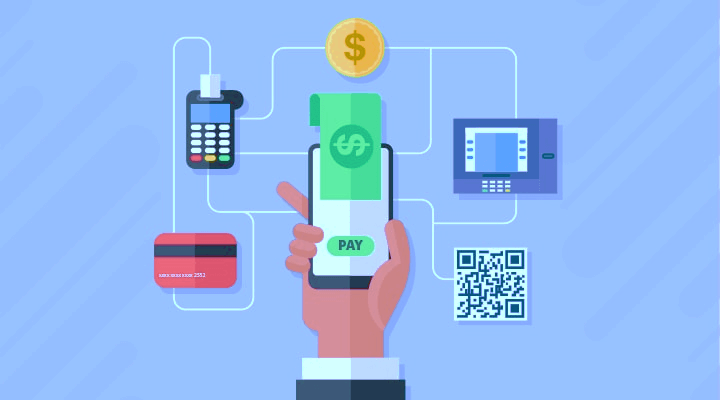Advantages and Disadvantages of Electronic Payment SystemYou must all be extremely familiar with and utilise the electronic payment system. The usage of electronic payment methods has significantly risen. The average person can now utilise it. An essential component of internet-based e-commerce is the electronic payment system. B2B e-commerce, or electronic transactions involving business organisations, is connected to EDI. To be active in the financial sector, such as banks, finance companies, credit card companies, etc., a unique system called the Electronic Payment System is needed for B2B translation between these financial sectors. Financial exchanges via EDI, online cash transfers between banks, and credit card exchanges are all involved in the electronic payment system. Although B2B electronic payment systems make up a sizable portion of the market, many credit/debit card transactions fall under the B2C category. In this sense, electronic funds transfer, or EDI, is a beneficial tool for business-to-business and business-to-consumer transactions. The primary component of today's online business process is the electronic payment system. This is due to the desire of contemporary businesses to offer their clients services quickly and affordably. The term "electronic payment system" really refers to a virtual payment mechanism. Consumers can pay for products and services thanks to the delicate relationship between the electronic payment system and electronic commerce. The following prerequisites must be fulfilled to integrate the electronic payment system with the present payment system. 
To integrate the electronic payment system with the current payment system, the following specific requirements must be met.
Electronic Payment System TypesThe three types of electronic payment systems are as follows:
Electronic money is exchanged during a transaction. E-cash is an illustration of online currency trading.
In this, customers must first pay before they can purchase a good or service. Smart cards are a type of prepaid payment method. Smart cards are sometimes known as virtual wallets or electronic purses.
Users are permitted to purchase goods or services using this payment method before paying for them. The use of electronic checks and credit cards are two examples of post-paid payment systems. The electronic payment system can be broken up into several different components: In e-commerce, there are three different types of payment systems.
1. Digital token-based electronic payment systemThe term "electronics tokens" refers to a newly created payment method. This electronic token resembles money or currency. It was separated into three categories.
1. E-cash A new idea in online payment called "e-cash" offers greater security or service and less paperwork. The following are some of the characteristics: cash's security, retrievability, and interoperability with other currencies. E-cash is a prime illustration of a digital token. 2. Monetary E-cash needs to be redeemable for money. Money may be transferred from one account to another using this feature, and the consumer can obtain this monetary value from any bank or organisation. 3. Portability All information and electronic money are managed between two accounts thanks to this property. 4. Recoverability You may access the specific information from any account using this attribute. This process can only be carried out by an authenticated individual. 5. Security Important messages, including money transfers that occur through internet banking, are kept secure. Using encryption as an example of a method. 2. Smart cards and an electronic payment systemYou may use this payment method anywhere in the world. A smart card is a flat card with a small magnetic strip with all the authorised person's information. Example- Acct. No. Balance, Branch Information, Name, I.D., etc the consumer may utilise it to make an ATM cash withdrawal. 3. Credit-card-based electronic payment systemLike a smart card, a credit card can be used anywhere in the entire world. It is a different kind of smart card. A flat card with a magnetic strip and information is a credit card. The key distinction between a credit card and a smart card is that although we may use a credit card to pay after completing a purchase at a store, we cannot use a smart card to do so. Advantages of Electronic Payment System
Disadvantages of the Electronic Payment SystemWhile there are numerous benefits to electronic payment methods, there are also several possible drawbacks to consider:
ConclusionIn conclusion, even if electronic payment systems provide numerous advantages, there are still several possible drawbacks to consider. These include the possibility of cyberattacks and other fraud schemes, dependability problems, a lack of availability, regional unacceptance, and complexity. When determining whether to utilize electronic payment systems, one should consider these concerns versus the advantages. For certain users, these issues could be of concern. |
 For Videos Join Our Youtube Channel: Join Now
For Videos Join Our Youtube Channel: Join Now
Feedback
- Send your Feedback to [email protected]
Help Others, Please Share









